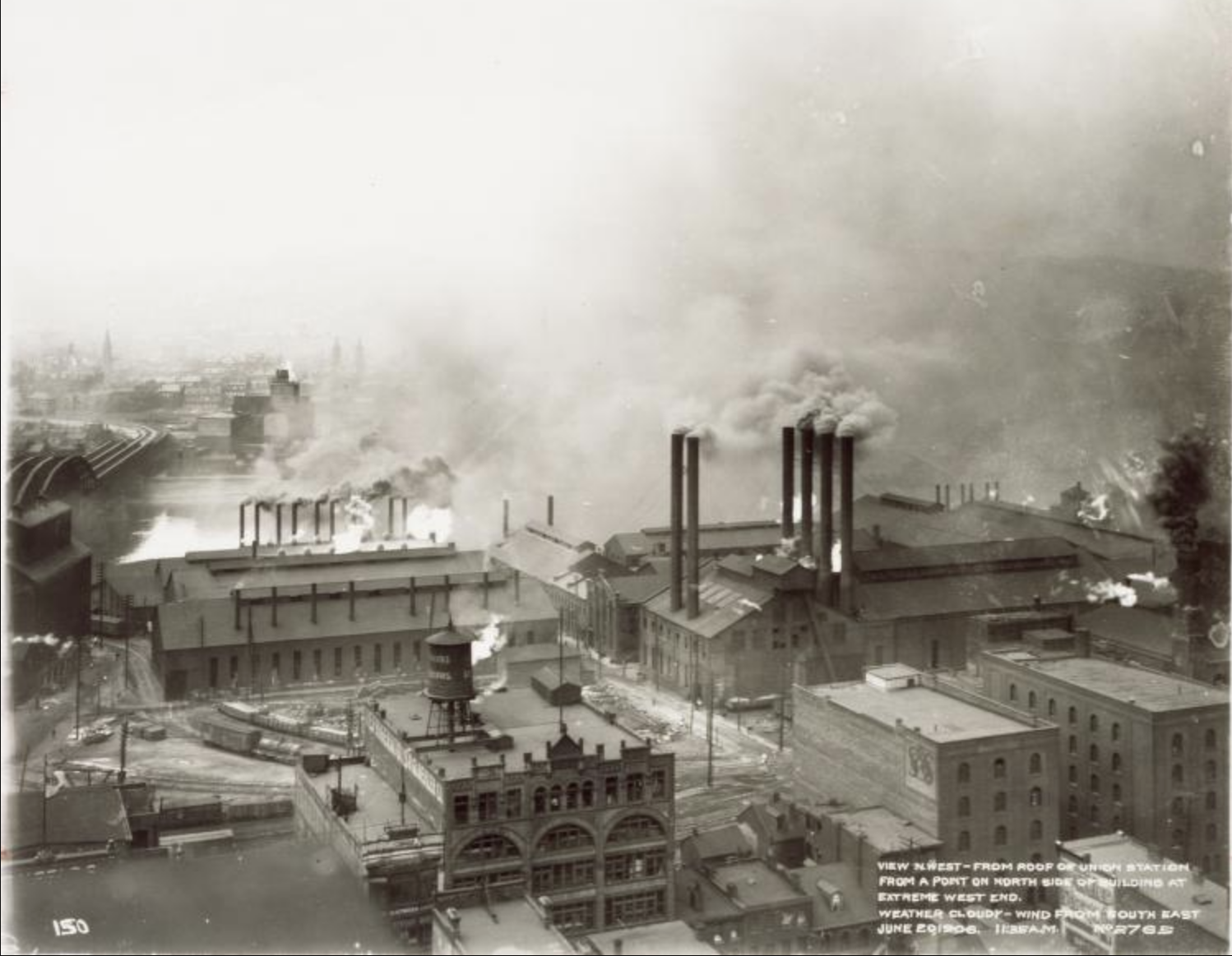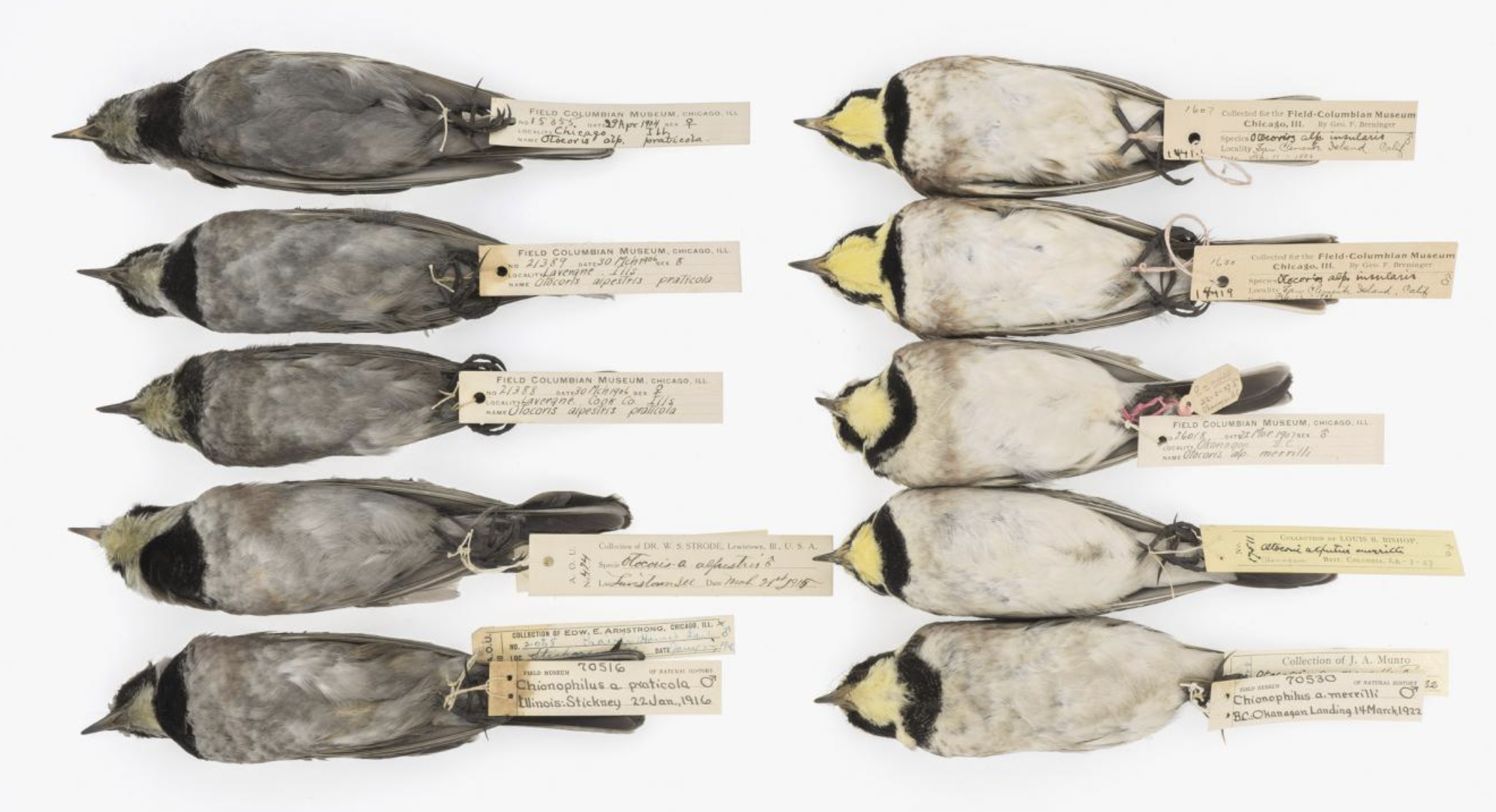Rachel Carson: Catalyst of the Environmental Movement


In the late 19th century, new tools like the Cotton Gin were invented and reduced the need for farm labor. Workers moved to cities to work in factories producing textiles or steel. Immigrants came from Europe. By 1920, more people lived in urban areas than in rural. Low wages forced workers to live in small rooms and sewage was everywhere. Diseases spread easily.
"With relatively few exceptions, the world’s modern environmental problems began or were greatly exacerbated by the Industrial Revolution. To fuel the factories and to sustain the output of each and every type of manufactured good, natural resources (water, trees, soil, rocks and minerals, wild and domesticated animals, etc.) were transformed, which reduced the planet’s stock of valuable natural capital. The global challenges of widespread water and air pollution, reductions in biodiversity, destruction of wildlife habitat, and even global warming can be traced back to this moment in human history. The more countries industrialize in pursuit of their own wealth, the greater this ecological transformation becomes."
~ John P. Rafferty, Industrial Revolution, Encyclopaedia Britannica, 2020.

Abram M Brown, Pittsburgh, 20 Jun 1906; from Carnegie Museum of Art Collection of Photographs, 1894-1958
Factories polluted the air and did not replenish natural resources. Companies dumped garbage in the water, polluting the streams. The evolution of the automobile and its emissions further polluted the air. A study compared museum birds from Chicago between 1906 and 1922. Black carbon covered them in soot in 1906 but improved fuel sources used by 1922, showed cleaner feathers.

Matt Wood reports on pollution in UCHICAGO NEWS, Photo by Carl Fuldner and Shane DuBay.